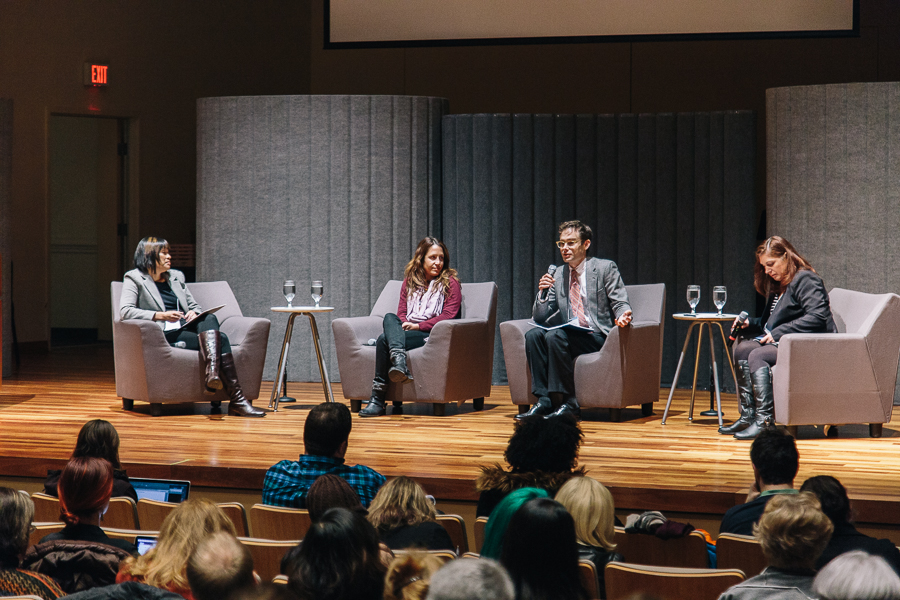In October of last year, CIMA released the report Measuring the Audience: Why It Matters to Independent News Media and How It Can Contribute to Media Development. In the report, Michelle Foster explores how audience measurement can be a tool in gauging the media’s impact on people in developing societies and the implications on local content providers.
Discussions about audience measurement and impact arose on a variety of panels at this year’s Media That Matters Conference, held at American University in Washington, D.C. on February 19-20. Though many of the conversations revolved around documentary filmmakers and storytelling, there were a few key takeaways that apply to the media development field.
Keynote speaker Caty Borum Chattoo discussed how “impact” has a different meaning depending on who you are— producer, writer, funder, etc. These people have different priorities, and will understand audience impact differently depending on those priorities. She also tackled measurement and research by focusing on content creation, arguing that research is integral in producing meaningful media for positive social change.
During the panel on impact design, Dana Chinn of the Media Impact Project at the University of Southern California discussed how impactful media can only be achieved by truly understanding the audience. According to Chinn, “Data is easy to come by when you know your target audience.”
Chinn believes that impact measurement is a dynamic, iterative process that should allow media makers to capitalize on successes and create more impactful media in the moment. For Chinn, it’s about strategic thinking and using the tools and data sources already available for metric evaluation. This last point, however, may be less feasible for media and content creators in developing societies with little or no reliable data collecting tools and sources.
Chinn’s co-panelist, Benjamin Stokes of American University, argued, “Impact is something we should be thinking about from the beginning.” While funders may focus on a summative assessment in which the end product’s impact is measured, Stokes argued that formative assessment, or assessment of impact while a media project is still in process, should also play a role.
Again, however, these kinds of assessments and measurements may work better for media in countries like the United States where content creators and audiences have easy access to tools like free online surveys. Nevertheless, these conversations have potential implications for media development funders who are trying to determine how to fund the most impactful media development projects on limited budgets.


Comments (0)